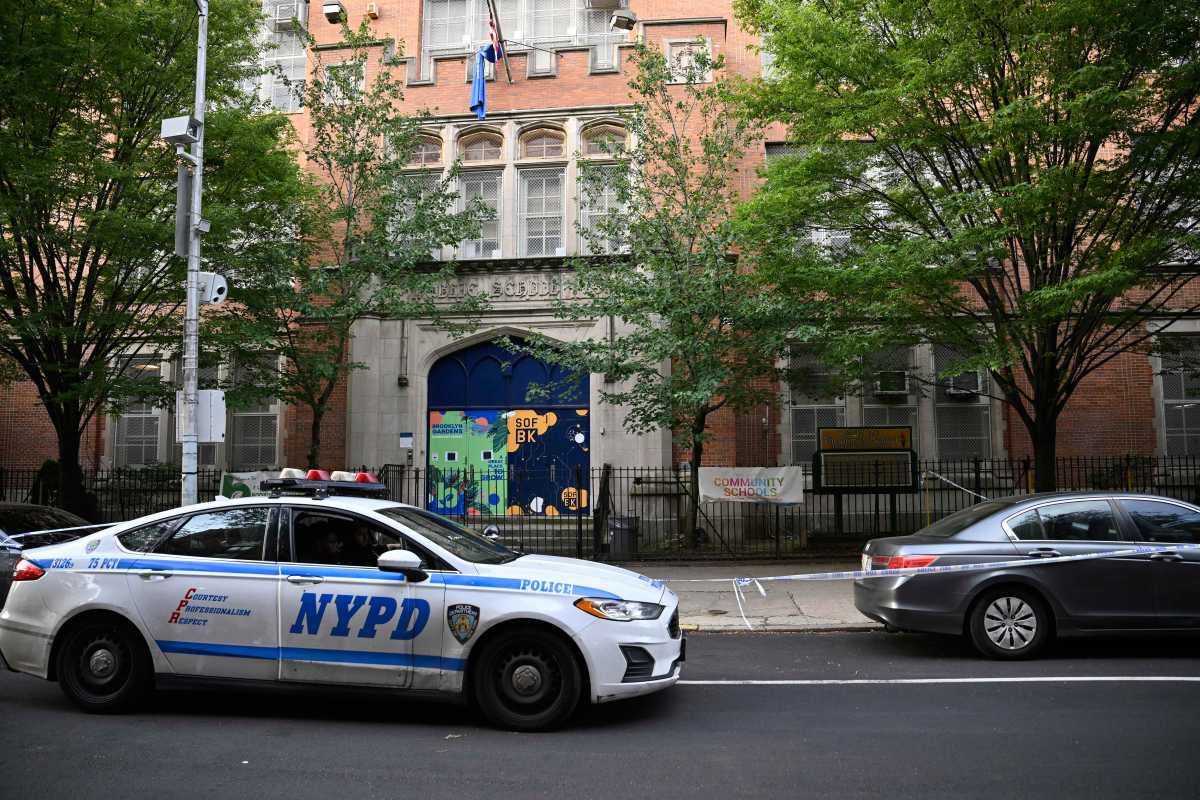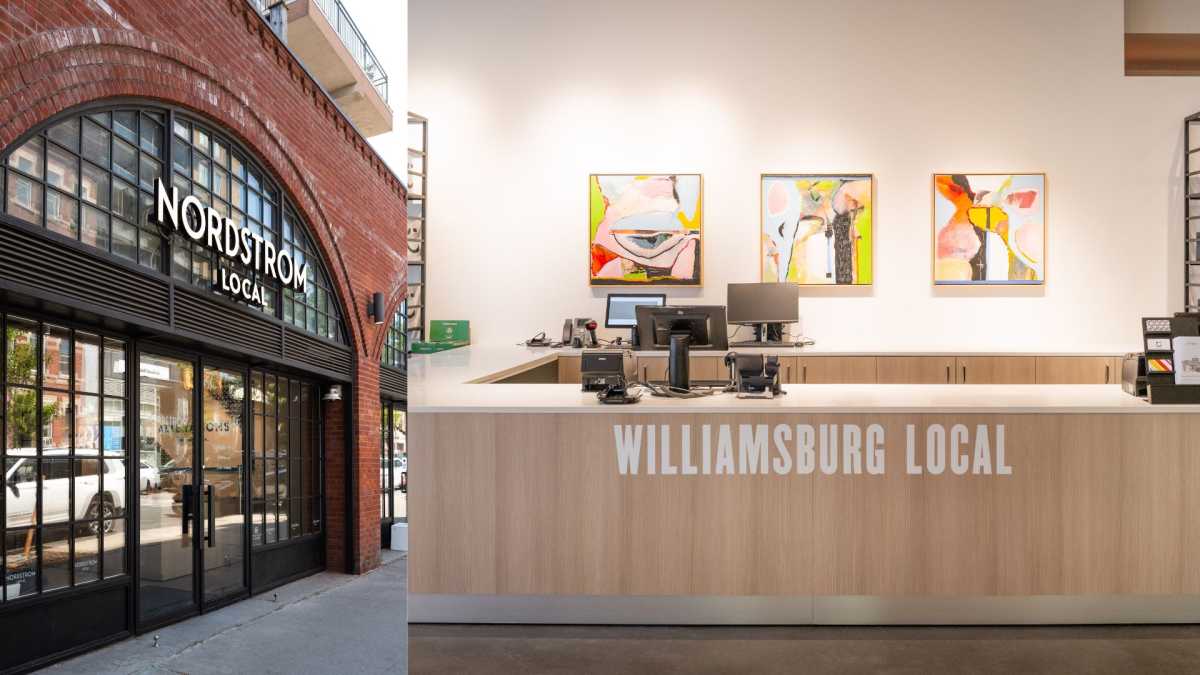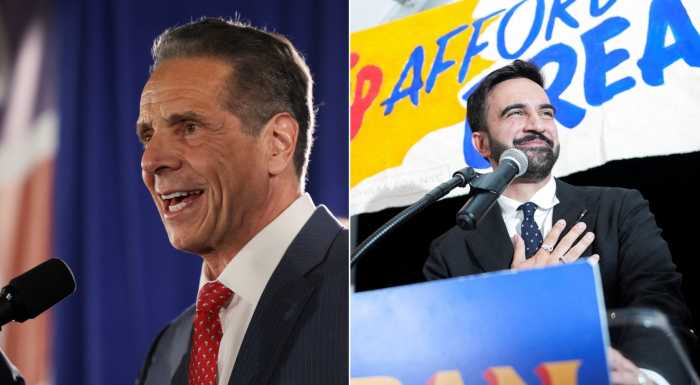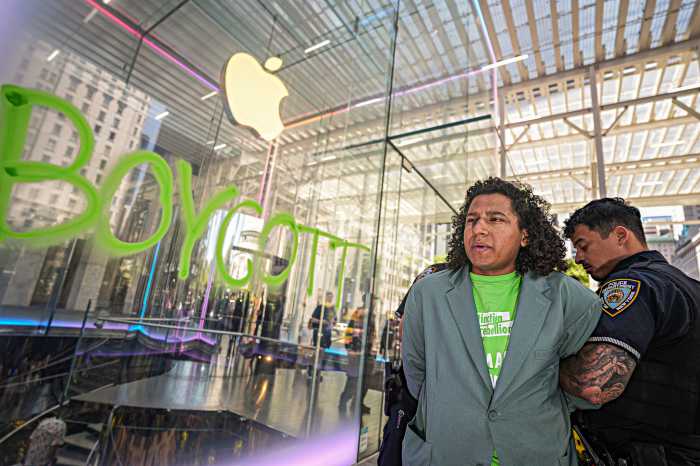The good news is that traffic conditions in Brooklyn aren’t forecast to deteriorate—any more than they already have—for the foreseeable future.
“Quite frankly, the congestion doesn’t look a whole lot worse than exists right now,” said Jan Khan, an associate transportation analyst with the New York Metropolitan Transportation Council.
Even so, billions of dollars are earmarked to improve the status quo, and Khan’s organization helps prioritize where money is spent.
The council, which is housed within the state Department of Transportation, will soon host a series of federally mandated workshops that seek to shape the plan intended to guide the next 25 years of transportation improvements.
Brooklyn’s workshop will be held Monday, Sept. 15 at Borough Hall from 3-5 p.m. and from 7-9 p.m. The public is encouraged to attend and share their ideas, concerns and suggestions.
The group’s Regional Transportation Plan will lay out the framework for improving roads, bridges, freight and mass transit facilities and its bicycle and pedestrian networks. A new plan is required by October 1, 2009.
Transportation improvements and studies eligible for federal funding will be largely defined through this plan, according to the council.
“We are looking for folks to talk about the major issues in Brooklyn,” Khan said.
At the workshop, Khan said he will give more detailed information about the congestion forecasts.
“We do account for development in all areas of the region,” he said, adding that the group examines population growth, and number of households to shape its determinations. Regional socio-economic and demographic forecasts help form the foundation for the new plan, he added.
Khan said that improvements are already being implemented gradually, including portions of the Downtown Brooklyn Transportation Plan, improvements to Eastern Parkway, and the Gowanus Expressway, which will continue to counter the impact of new development and growth.
The current plan, which was adopted in 2005, amounts to roughly $267 billion, a combination of federal and local funds. Roughly 70 percent of that money goes to keeping the region’s infrastructure in a state of good repair, Khan added.
More information can be found at NYMTC.org. Comments, ideas and suggestions will be accepted anytime through October 31, 2008 via the aforementioned website.






















